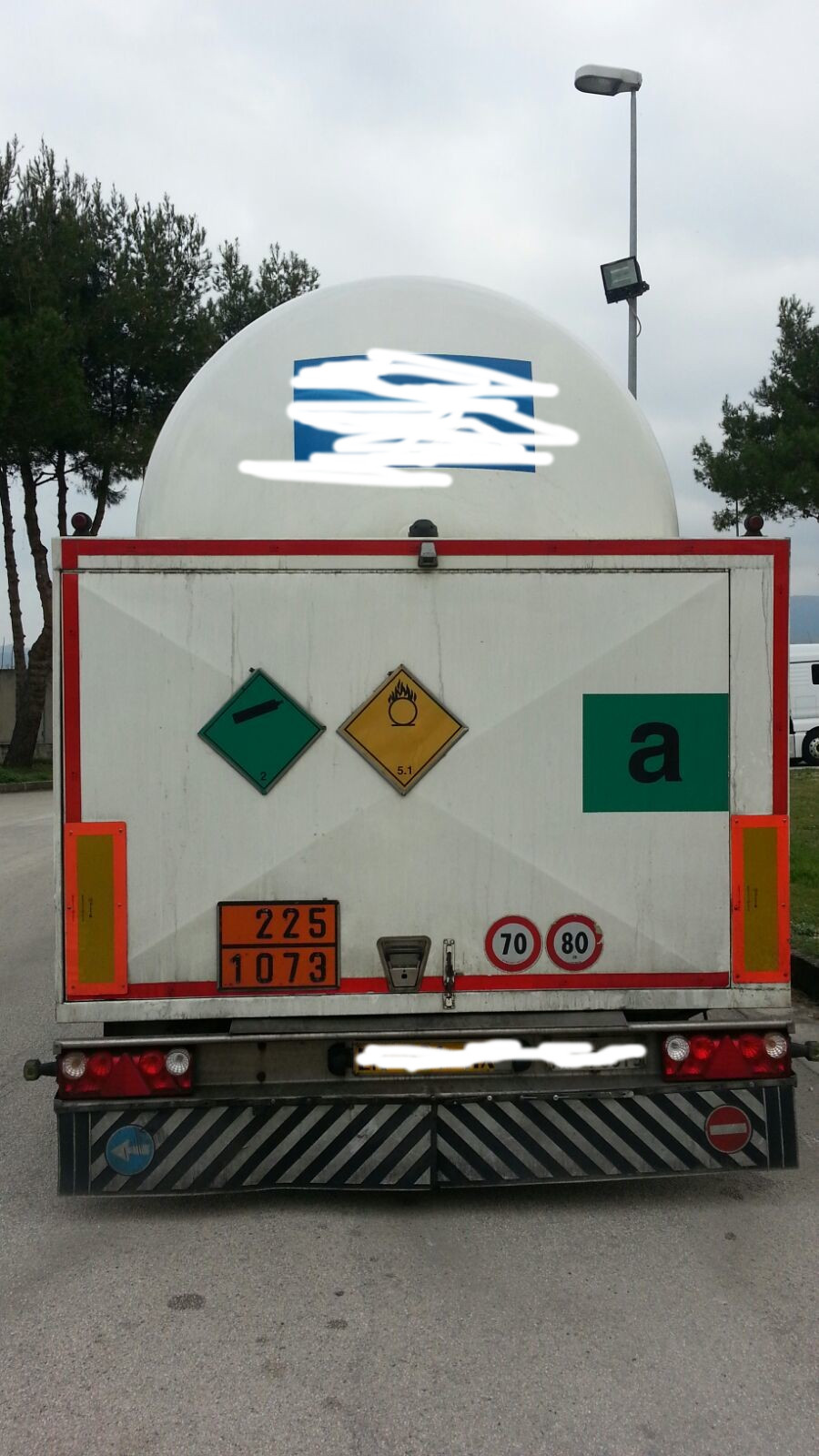Hello guys, I apologize for my bad English. I have a problem. I found this source.
It works, because it identifies the rectangles that make up the picture. Only that I should extract from the each rectangle to analyze their content with tesseract.
I thought about putting in a file the coordinates of each rectangle and its dimensions (height and width). So then the process with another program on purpose. I just do not understand how. Who tells me how to do it?
My use is to isolate the only part of the picture of the orange plate. to read a 2251073.
to read a 2251073.
My code attachment
/**
* Simple shape detector program.
* It loads an image and tries to find simple shapes (rectangle, triangle, circle, etc) in it.
* This program is a modified version of squares.cpp found in the OpenCV sample dir.
*/
include <opencv2 highgui="" highgui.hpp="">
include <opencv2 imgproc="" imgproc.hpp="">
include <cmath>
include <iostream>
using namespace std;
/*
* Helper function to find a cosine of angle between vectors
* from pt0->pt1 and pt0->pt2
*/
static double angle(cv::Point pt1, cv::Point pt2, cv::Point pt0)
{
double dx1 = pt1.x - pt0.x;
double dy1 = pt1.y - pt0.y;
double dx2 = pt2.x - pt0.x;
double dy2 = pt2.y - pt0.y;
return (dx1dx2 + dy1dy2)/sqrt((dx1dx1 + dy1dy1)(dx2dx2 + dy2dy2) + 1e-10);
}
/**
* Helper function to display text in the center of a contour
*/
void setLabel(cv::Mat& im, const std::string label, std::vector<cv::point>& contour)
{
int fontface = cv::FONT_HERSHEY_SIMPLEX;
double scale = 0.4;
int thickness = 1;
int baseline = 0;
cv::Size text = cv::getTextSize(label, fontface, scale, thickness, &baseline);
cv::Rect r = cv::boundingRect(contour);
cv::Point pt(r.x + ((r.width - text.width) / 2), r.y + ((r.height + text.height) / 2));
cv::rectangle(im, pt + cv::Point(0, baseline), pt + cv::Point(text.width, -text.height), CV_RGB(255,255,255), CV_FILLED);
cv::putText(im, label, pt, fontface, scale, CV_RGB(0,0,0), thickness, 8);
}
int main(int argc, char** argv)
{
//cv::Mat src = cv::imread("polygon.png");
cv::Mat src = cv::imread(argv[1]);
if (src.empty())
return -1;
// Converti in scala di grigi
cv::Mat gray;
cv::cvtColor(src, gray, CV_BGR2GRAY);
// Utilizzare Canny invece di soglia per la cattura di piazze con ombreggiatura gradiente
cv::Mat bw;
cv::Canny(gray, bw, 0, 50, 5);
// Trova contorni
std::vector<std::vector<cv::Point> > contours;
cv::findContours(bw.clone(), contours, CV_RETR_EXTERNAL, CV_CHAIN_APPROX_SIMPLE);
std::vector<cv::Point> approx;
cv::Mat dst = src.clone();
//Al momento il cuore del mio algoritmo, mette dei contorni così spessi da coprire tutto ciò che non è un
cv::drawContours(dst, contours, -1, (0,255,0), 3);
for (int i = 0; i < contours.size(); i++)
{
// Contorno approssimativo con una precisione proporzionale
// al perimetro contorno
cv::approxPolyDP(cv::Mat(contours[i]), approx, cv::arcLength(cv::Mat(contours[i]), true)*0.02, true);
// Salta piccole o non-convesse oggetti
if (std::fabs(cv::contourArea(contours[i])) < 100 || !cv::isContourConvex(approx))
continue;
if (approx.size() == 3)
{
//setLabel(dst, "TRI", contours[i]); // Triangles
}
else if (approx.size() >= 4 && approx.size() <= 6)
{
// Number of vertices of polygonal curve
int vtc = approx.size();
// Get the cosines of all corners
std::vector<double> cos;
for (int j = 2; j < vtc+1; j++)
cos.push_back(angle(approx[j%vtc], approx[j-2], approx[j-1]));
// Sort ascending the cosine values
std::sort(cos.begin(), cos.end());
// Get the lowest and the highest cosine
double mincos = cos.front();
double maxcos = cos.back();
// Use the degrees obtained above and the number of vertices
// to determine the shape of the contour
if (vtc == 4 && mincos >= -0.1 && maxcos <= 0.3)
{
cout << "---" << i << "---" << endl;
for (int j = 0; j < contours[i].size(); j++)
{
cout << contours[i][j].x << "x" << contours[i][j].y << " ";
cout << endl;
}
//setLabel(dst, "RECT", contours[i]);
}else if (vtc == 5 && mincos >= -0.34 && maxcos <= -0.27)
{
//setLabel(dst, "PENTA", contours[i]);
}else if (vtc == 6 && mincos >= -0.55 && maxcos <= -0.45)
{
//setLabel(dst, "HEXA", contours[i]);
}
}
else
{
// Detect and label circles
/*double area = cv::contourArea(contours[i]);
cv::Rect r = cv::boundingRect(contours[i]);
int radius = r.width / 2;
if (std::abs(1 - ((double)r.width / r.height)) <= 0.2 &&
std::abs(1 - (area / (CV_PI * std::pow(radius, 2)))) <= 0.2)
setLabel(dst, "CIR", contours[i]);*/
}
}
imwrite( argv[2], dst );
//cv::imshow("src", src);
//cv::imshow("dst", dst);
cv::waitKey(0);
return 0;
}

